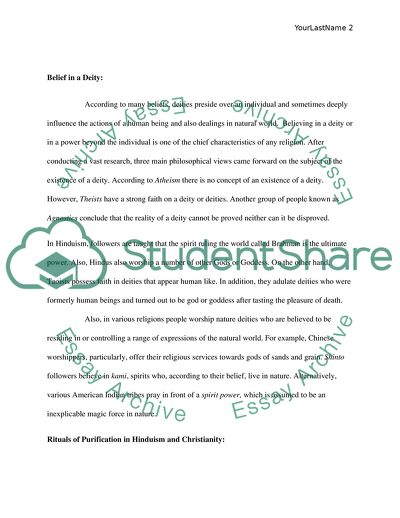Cite this document
(Comparing and Contrasting Two Specific Characteristics in Two Modern Religious Faiths Report Example | Topics and Well Written Essays - 2500 words, n.d.)
Comparing and Contrasting Two Specific Characteristics in Two Modern Religious Faiths Report Example | Topics and Well Written Essays - 2500 words. https://studentshare.org/religion-and-theology/1758915-comparing-and-contrasting-two-specific-characteristics-in-two-modern-religious-faiths
Comparing and Contrasting Two Specific Characteristics in Two Modern Religious Faiths Report Example | Topics and Well Written Essays - 2500 words. https://studentshare.org/religion-and-theology/1758915-comparing-and-contrasting-two-specific-characteristics-in-two-modern-religious-faiths
(Comparing and Contrasting Two Specific Characteristics in Two Modern Religious Faiths Report Example | Topics and Well Written Essays - 2500 Words)
Comparing and Contrasting Two Specific Characteristics in Two Modern Religious Faiths Report Example | Topics and Well Written Essays - 2500 Words. https://studentshare.org/religion-and-theology/1758915-comparing-and-contrasting-two-specific-characteristics-in-two-modern-religious-faiths.
Comparing and Contrasting Two Specific Characteristics in Two Modern Religious Faiths Report Example | Topics and Well Written Essays - 2500 Words. https://studentshare.org/religion-and-theology/1758915-comparing-and-contrasting-two-specific-characteristics-in-two-modern-religious-faiths.
“Comparing and Contrasting Two Specific Characteristics in Two Modern Religious Faiths Report Example | Topics and Well Written Essays - 2500 Words”. https://studentshare.org/religion-and-theology/1758915-comparing-and-contrasting-two-specific-characteristics-in-two-modern-religious-faiths.


